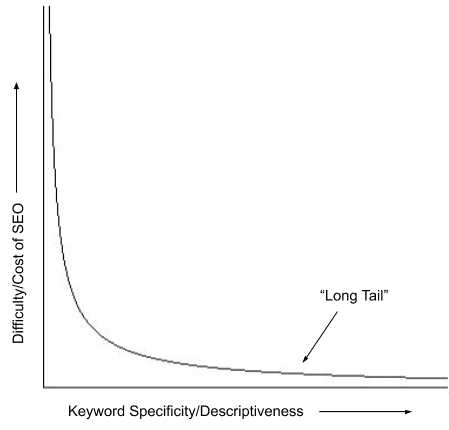
We have already covered some basics of SEO best practices, so this week, let’s get just a little bit more technical.
That’s right: it’s time to talk about search engine optimization keywords!
What is a keyword?
The term “keyword” is a misnomer. Keywords are rarely singular words; they’re almost always phrases between two and five words in length. In SEO-company-speak, a keyword is a phrase that gets typed into the search bar of a search engine (usually Google). Let’s say, for instance, you Google the phrase “burger restaurants near me.” You’d expect Google to return a list of good burger joints in your area. It wouldn’t be a very good search service if it presented a list of local dentists instead.
So in order to give searchers the most accurate list, Google uses an algorithm that indexes (or, as SEO company experts say, “crawls”) every website it can get its hands on. If the Google algorithm finds the keyword on a particular website, there’s a better chance that website will be listed on the first search engine results page, or “SERP.”
The goal of SEO is to achieve first page SERP rankings for every keyword you choose. There are multiple ways to do this, which my colleagues and I have discussed in other articles. But here, let’s talk about what happens before all that.
Choosing your keywords
Imagine that you run a burger restaurant, and your funnel marketing strategy is to drive as much traffic to your website as possible. It might seem smart to choose general, non-descriptive keywords because they have a high monthly search volume. People Google the term “burgers,” for example, more than 50,000 times every single month in the United States alone. That’s a lot of traffic.
But not so fast. Because the keyword “burgers” is so general, it appears in a lot of different places on the internet. That makes it very difficult to get your particular mention of the keyword noticed by Google. For a more specific keyword, such as “burger restaurants near me,” it would be slightly easier, as it only gets searched about 15,000 times a month.
This perfectly illustrates the “long tail” approach to SEO services that almost every SEO company takes. Take a look at this graph:

The vertical axis measures competition by tracking the number of mentions of a particular keyword across the internet. The higher up you go on this graph, the more common (and less descriptive) the keyword. More common keywords get more traffic on their SERPs, but they also generate more competition.
The horizontal axis measures the specificity of the keyword: the more specific and descriptive, the farther to the right. The term “long tail” refers to the tail on the graph extending to the right. “Longer tail” keywords are more specific and descriptive. Generally speaking, the farther right the keyword, or the longer its tail, the easier it is to get your webpage to rank on its SERP. That’s why it’s easy to do SEO for extremely long tail keywords, such as, for example, “burger places near me that have amazing fries and milkshakes.” There are very few mentions of that exact phrase on the internet, so if you mention it on your site, you have a good chance of being the first result on the SERP.
The problem is that very few people actually type “burger places near me that have amazing fries and milkshakes” into Google. They’re more likely to simply type “burger places near me” or “amazing fries and milkshakes.”
According to SEO best practices, the best keywords strike an Aristotelian balance between the two extremes. On one hand, you want to choose a keyword that maximizes your chances of ranking. On the other hand, you don’t want to choose a keyword so specific that nobody ever searches for it.
As any SEO company will tell you, the first rule of thumb for choosing keywords is to use common sense. If you can’t imagine anyone ever searching for it, it’s probably not a good keyword. The only sure ways to know about your keywords are to hire SEO services to do the research for you. But if you don’t want to spend the money on that, one trick that SEO experts use is to count the number of words. Three to five is usually your sweet spot. Shorter than three and you’ll never be able to make any headway against the competition; longer than five and nobody will ever search for it. There are, of course, exceptions to this rule. But if you’re starting out with SEO, think about what you or your friends might search on Google and choose a keyword in that length range. You may be pleasantly surprised by the results!












